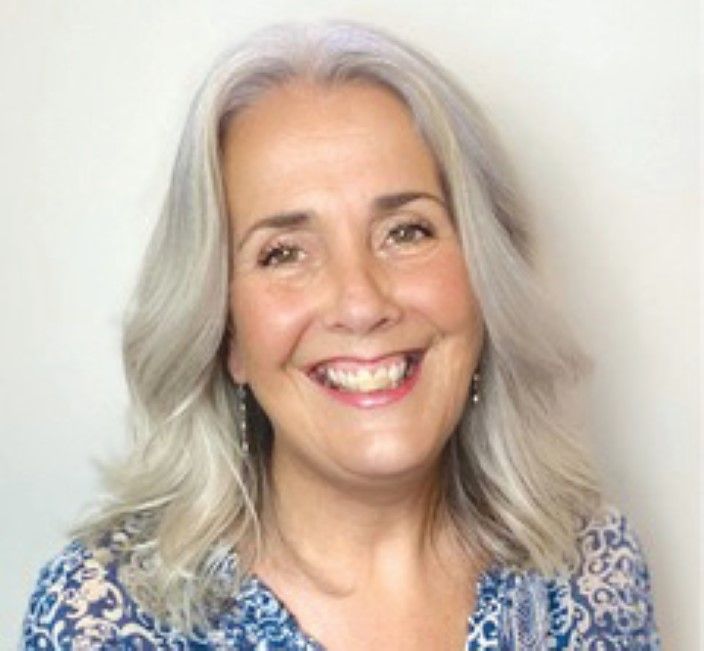
Sarah Moore, Early Education Leadership Coach, shares her view that rediscovering your ‘why’ is a crucial element to your success as an early childhood professional, especially during these times of rapid change and uncertainty.
I will share Mary’s story because it provides a great example of someone who became disconnected from her ‘why’ and the transformation that occurred when she spent time rediscovering it.
One thing great leaders like Nelson Mandela, Gandhi, and Mother Theresa have in common is they had total clarity on their ‘why’. It gave them purpose, focus and determination, even when faced with hardship, prejudice, and huge levels of uncertainty.
As a leadership coach and training facilitator, I have helped hundreds of early childhood professionals just like you clarify their ‘why’, and because of this work, they have created transformative shifts in their focus, energy, motivation, and engagement.
But before I get ahead of myself, let me share Mary’s story as I believe it will resonate with you on many different levels.
Like so many directors I have worked with, Mary’s story provides a wonderful example of how an early childhood director went from being demotivated, overwhelmed and on the verge of resigning to energised, motivated and consistently able to create a positive impact through her work as a leader.
When you listen to Mary’s story,try and connect with the emotionsshe was feeling and reflect on whether you can relate to certain elements of her story.
Mary’s story
As Mary woke, she stared at the ceiling, wondering what the day would bring.
She felt tired and couldn’t understand why, because she had gone to bed early the night before, which she did all the time these days!
As she got herself ready for the day, she stared in the mirror, wondering why she had chosen a career in early childhood.
On the outside, she looked confident, and the feedback she got from her committee was that she was doing an excellent job, but on the inside, she felt overwhelmed and exhausted most of the time.
The one thing that kept Mary going was the children and families she worked with. They could shift her mood and energy with one single smile, one comment or one special hug – in an instant!
While driving to work, travelling on the same road that she travelled each day, she started to feel a level of anxiety well up in her.
She could predict that her day would be filled with staff being difficult, complaining parents and competing priorities and queries about future enrolments.
She said out loud to herself, “What the hell am I doing? Perhaps I’m in the wrong job, perhaps I am just not up to it, and perhaps I just don’t want to be here anymore.”
In a fleeting moment, she considered resigning, but then quickly took a deep breath, shifted her attention, and walked into the preschool and started her day.



































































































































